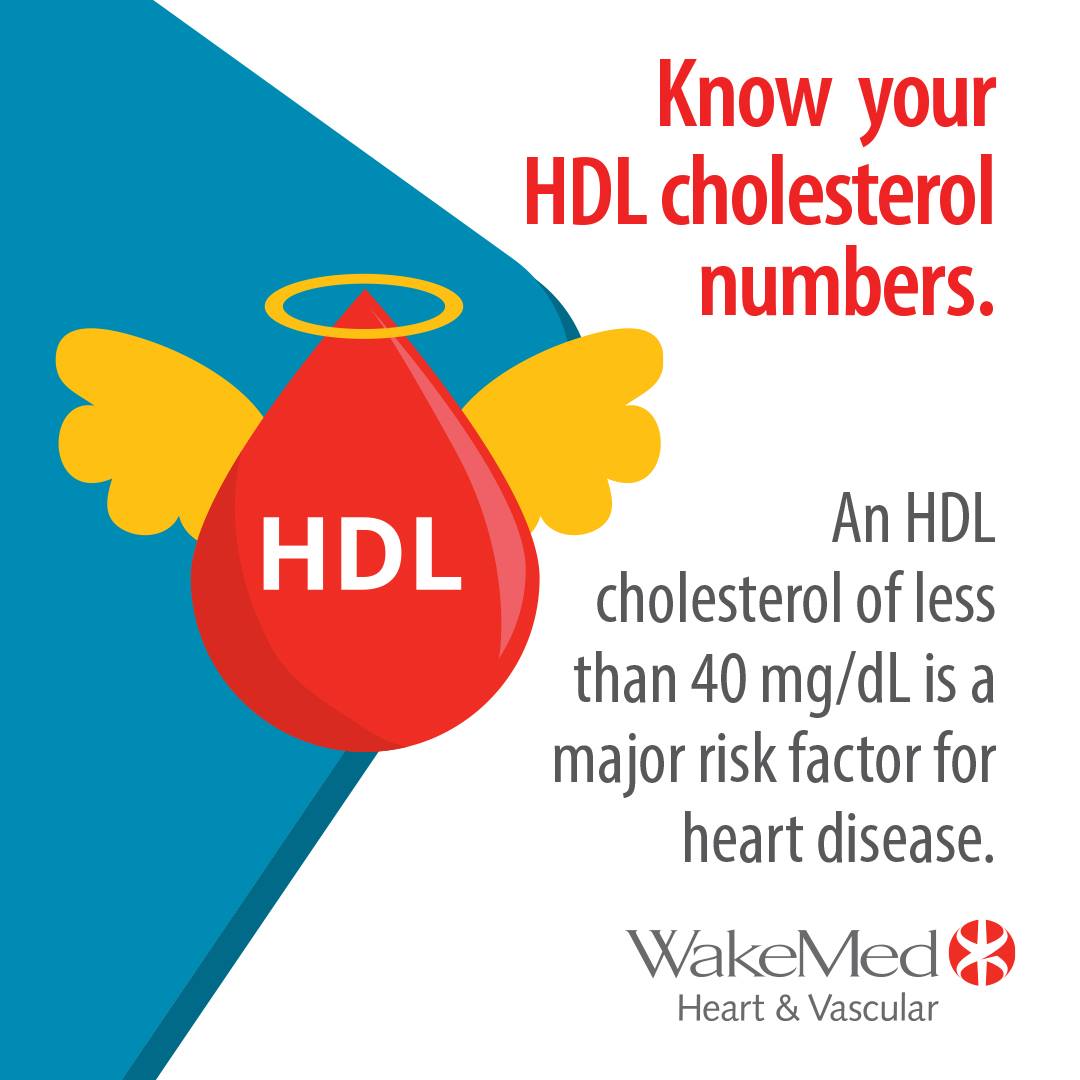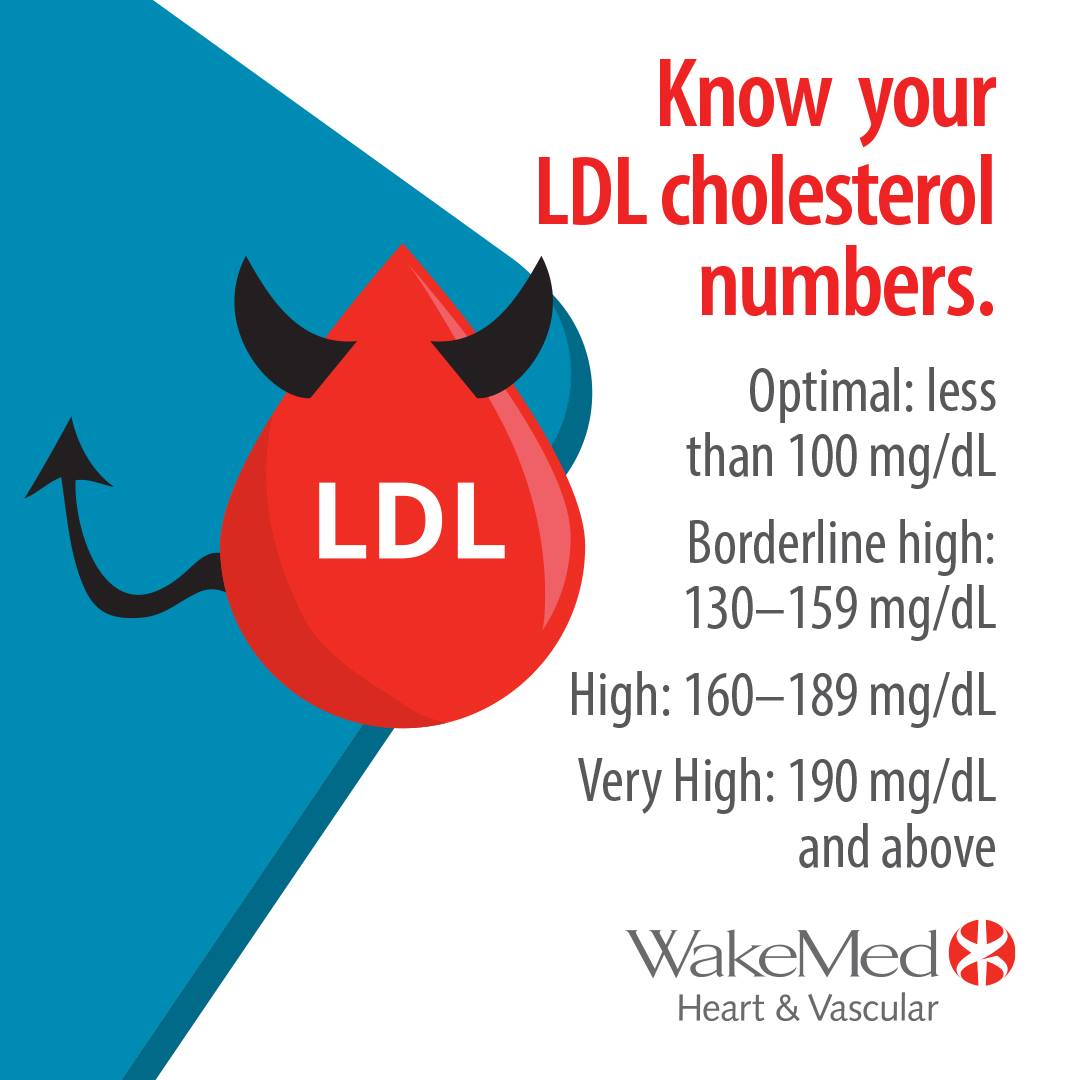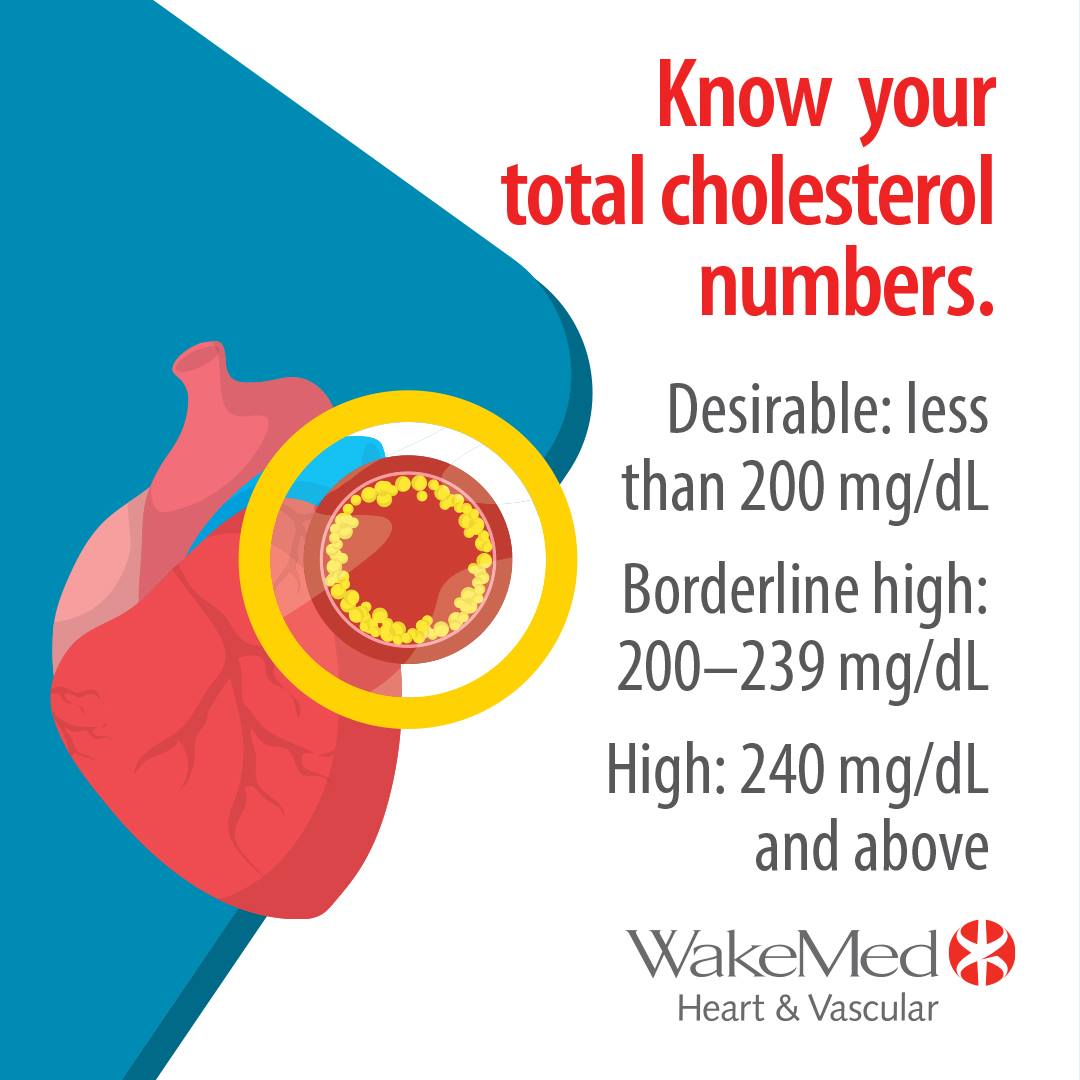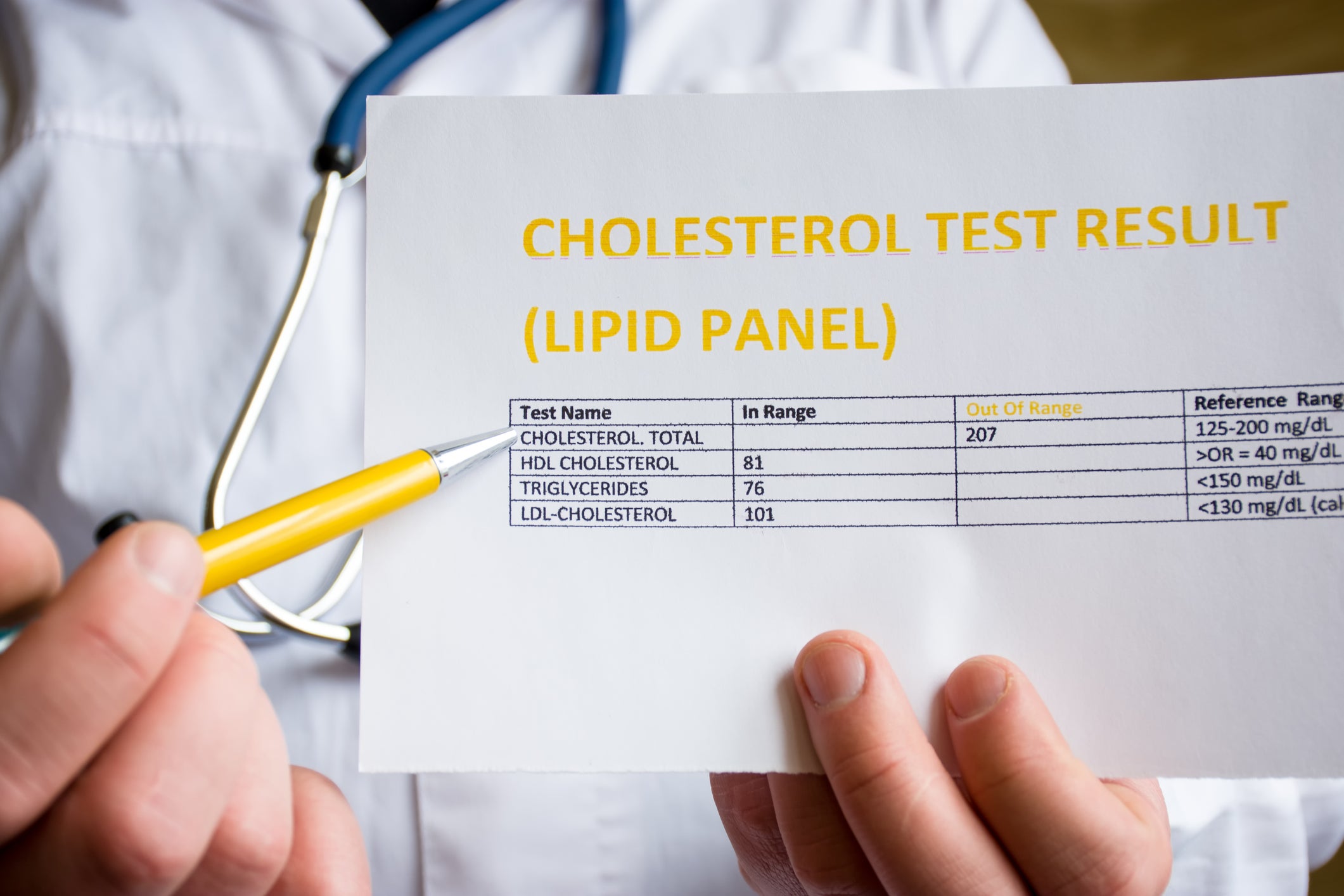It’s National Cholesterol Education Month, so this is an optimal time to get your cholesterol under control. It starts with checking your numbers by making an appointment with your primary care doctor to get your Lipid Panel drawn. Lipids include cholesterol, low-density lipoprotein (LDL), high-density lipoprotein (HDL) and triglycerides. It measures Total cholesterol.
High LDL is Bad and High HDL is Good


High LDL cholesterol is bad because it contributes to fatty buildup in the arteries. And blockages in the arteries can travel to the heart and brain, leading to cardiovascular disease and stroke. High HDL cholesterol is good because it carries fatty buildup away from the arteries and into the liver where it is broken down and passed. It helps to protect the heart and brain.

But, what in the world are triglycerides and does that number matter? If it does, what should you do about it?
It is not clear that a high triglyceride reading is a risk factor for cardiovascular disease by itself. However, high triglycerides when you have other risk factors become an important marker of risk. In fact, the combination of a high LDL cholesterol, a low HDL and high triglyceride are associated with the highest level of risk for cardiovascular disease.
Also, having high triglycerides levels can be part of a condition called Metabolic Syndrome, which increases your risk of cardiovascular disease. If you have at least three of the following conditions, you may have metabolic syndrome:
- Diabetes
- High blood pressure
- Low HDL
- A large waist – men > 40 inches and women >35 inches
- High triglycerides
| Triglycerides | |
| Desirable | 150 |
| Borderline-high | 150-199 |
| High | 200-499 |
| Very High | >/= 500 |
You have the power to change your triglyceride levels and other cardiovascular disease risk factors by the lifestyle choices you make. Making healthier food choices and being physically active can make a big impact.
Manage Your Weight
If you are overweight or obese or have a large waist, losing and keeping off 5-10% of body weight can decrease triglycerides by 20%, LDL by 15%, and raise HDL by 8-10%. So how do you do this?
- Cut back on portion sizes.
- Fill half of your plate with non-starchy vegetables and fruits, one fourth of your plate with whole grains or starchy vegetables and one fourth of your plate with fish, chicken, beans and legumes.
- Track your intake. You can do that with a smart phone app or a notebook and a pen.
Be Physically Active
Exercise is medicine! Physical activity can lower your triglycerides immediately in the short term and if you build activity into your lifesttyle, it will help lower triglycerides over the long term.
American College of Sports Medicine (ACSM) recommends that adults get 150 minutes (30 minutes 5 days a week or about 22 minutes 7 days a week) of moderately intense exercise. There are all kinds of activities that you can do to meet these goals, such as walking, dancing, swimming and biking. You can start by simply getting up more often during the day and moving. American Diabetes Association (ADA) recommends that you sit for no more than 30 minutes straight without getting up and moving. Whatever you do, move your body.
Make Healthier Choices
Food choices can impact your triglyceride levels. A diet high in carbohydrates (>60% of calories) especially refined grains, such as those found in white breads, white rice, regular pastas, white crackers, and anything made with white flour increase triglycerides. Added sugars found in desserts, sugar sweetened drinks and candy also raise triglycerides.
Eating fewer refined and sugary carbohydrates along with choosing high-fiber carbohydrates can lower triglycerides by around 8-13%. You will find fiber in whole fruits and vegetables, whole wheat or whole grain breads and cereals and other whole grains, such as brown, red, black or wild rice, whole wheat noodles, quinoa, farrow, buckwheat, teff and oatmeal.
Choosing fats that come from plants instead of animals can also help lower cholesterol. Use oils instead of solid fats to cook with. Olive oil is a great choice, but other oils can also be used. Limit butter, shortening, bacon grease, palm oils and fatty beef and pork. These are higher in saturated fat and can raise your triglycerides.
Alcohol abuse can also raise triglycerides. For people who already have high triglycerides, alcohol intake raises triglycerides even higher. If you choose to drink alcohol, the recommended limit is one drink per day for women and two drinks per day for men. A drink is equal to a 12 ounce beer or 5 ounce glass of wine. For those with very high triglycerides (500 mg/dl or higher), total abstinence from alcohol is recommended to prevent a painful inflammation of the pancreas called pancreatitis.
If you have concerns about your triglycerides, talk with your doctor. If you want help making lifestyle and diet changes make an appointment with a registered dietitian.
Sources
https://www.heart.org/en/health-topics/cholesterol/hdl-good-ldl-bad-cho…
https://www.acsm.org/read-research/trending-topics-resource-pages/physi…
https://www.diabetes.org/healthy-living/fitness/overcoming-barriers
